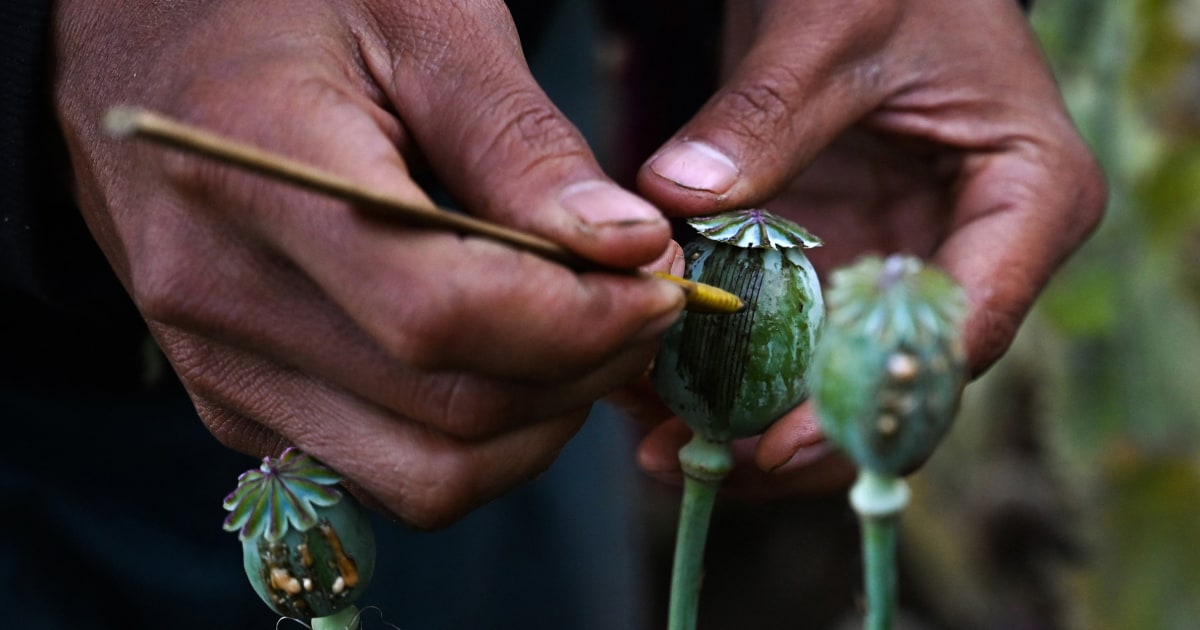Key takeaways:
- Myanmar has become the world’s largest opium producer, surpassing Afghanistan
- Opium production in Myanmar increased 18% from 2022 to 2023
- The UNODC report highlights the need for greater international cooperation to tackle the illicit drug trade
Myanmar has become the world’s largest opium producer, according to a new report from the United Nations Office on Drugs and Crime (UNODC). The Southeast Asian country produced an estimated 1,190 tons of opium this year, surpassing Afghanistan, which had previously held the title.
The UNODC report, titled “Southeast Asia Opium Survey 2023,” found that Myanmar’s opium output increased 18% from 2022 to 2023, with 47,100 hectares (116,400 acres) of land being used to grow the illicit crop. This is in stark contrast to Afghanistan, where the ruling Taliban imposed a ban on opium production in April last year, leading to a 95% drop in the cultivation of opium poppies.
The report also highlighted the so-called “Golden Triangle” region, which is made up of parts of Myanmar, Laos, and Thailand. This area is known for its high levels of opium production, and the UNODC report found that opium production in the region has increased by 7% since 2022.
The UNODC report comes as Myanmar is already facing a brutal civil war, and the country’s opium production is likely to have a significant impact on the region. The illicit drug trade is known to be a major source of funding for armed groups in the region, and the UNODC report has highlighted the need for greater efforts to tackle the issue.
The UNODC report is a stark reminder of the need for greater international cooperation to tackle the illicit drug trade. The UNODC has called on governments in the region to work together to reduce the production of opium and to ensure that the drug trade does not become a source of funding for armed groups.



Be First to Comment